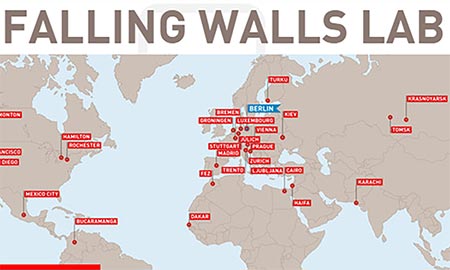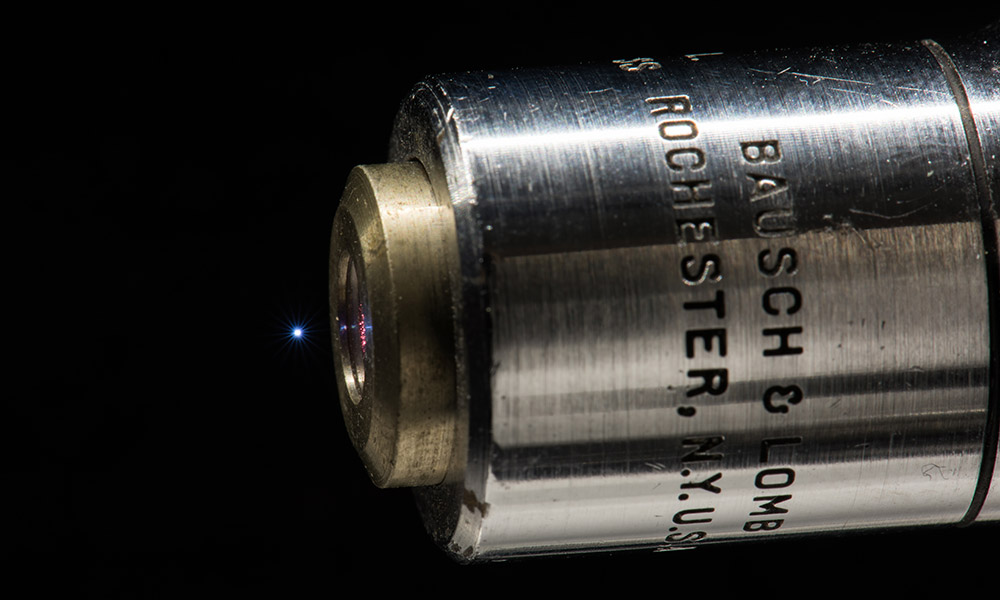
Babies’ expectations may help brain development
A series of studies with infants 5 to 7 months old has shown that the portion of babies’ brains responsible for visual processing responds not just to the presence of visual stimuli, but also to the mere expectation of visual stimuli.

Funding aimed at fusion energy awarded to Laboratory for Laser Energetics, Sandia National Laboratories collaboration
The award seeks to build upon recent successes of Sandia’s Magnetized Liner Inertial Fusion (MagLIF) concept. The concept uses a laser to heat fusion fuel contained in a small cylinder as it is compressed by the huge magnetic field of Sandia’s massive Z accelerator.

How understanding GPS can help you hit a curveball
Our brains track moving objects by applying one of the algorithms your phone’s GPS uses, according to researchers at the University of Rochester. This same algorithm also explains why we are fooled by several motion-related optical illusions, including the sudden “break” of baseball’s well known “curveball illusion.”

MC10 partners with University to advance patient-centered research
Massachusetts company MC10 will join forces with the University to test its BioStamp wearable biometric technology in various clinical settings, and to work to translate patient healthcare data into new treatments and predictive health analytics.

Falling Walls Lab: Young researchers present ideas that remove barriers to progress in science, society
Thirty-three scientists, inventors, and entrepreneurs will have three minutes each to present their innovative idea in a rapid-fire competition to win a spot at the prestigious Falling Walls Lab Finale in Berlin.

Defects in atomically thin semiconductor emit single photons
Until now, optically active quantum dots have not been observed in materials consisting of a single layer of atom, also known as 2D materials. Rochester researchers have shown how the 2D material tungsten diselenide can be fashioned into an atomically thin semiconductor that serves as a platform for solid-state quantum dots.

Rochester team receives National Eye Institute grant for restoring vision through retinal regeneration
The imaging system being developed at Rochester builds on work pioneered by David Williams, widely regarded as one of the world’s leading experts on human vision. Williams pioneered the use of adaptive optics technologies for vision applications.

Generating broadband terahertz radiation from a microplasma in air
Researchers in the Institute of Optics have shown that a microplasma created by focusing intense laser pulses in air emits not only visible light, but also electromagnetic pulses at terahertz frequencies that can be used to detect complex molecules, such as explosives and drugs.

25 years later: Fixing the Hubble Space Telescope
Twenty-five years ago today, the Hubble Space Telescope was launched. The images it has been sending back to Earth for all these years have become iconic, and yet it came very close to being a billion dollar failure. One of the heroes who rescued Hubble from ruin and made it a great science success story is Rochester optics professor Duncan Moore.

Energy and Water bill includes $68 million for Laboratory for Laser Energetics
The FY 2016 House Energy and Water Development Appropriations bill approved by the House Appropriations Committee this week includes $68 million for the Laboratory for Laser Energetics, the same level as FY15, but $7.5 million above President Barack Obama’s request.
